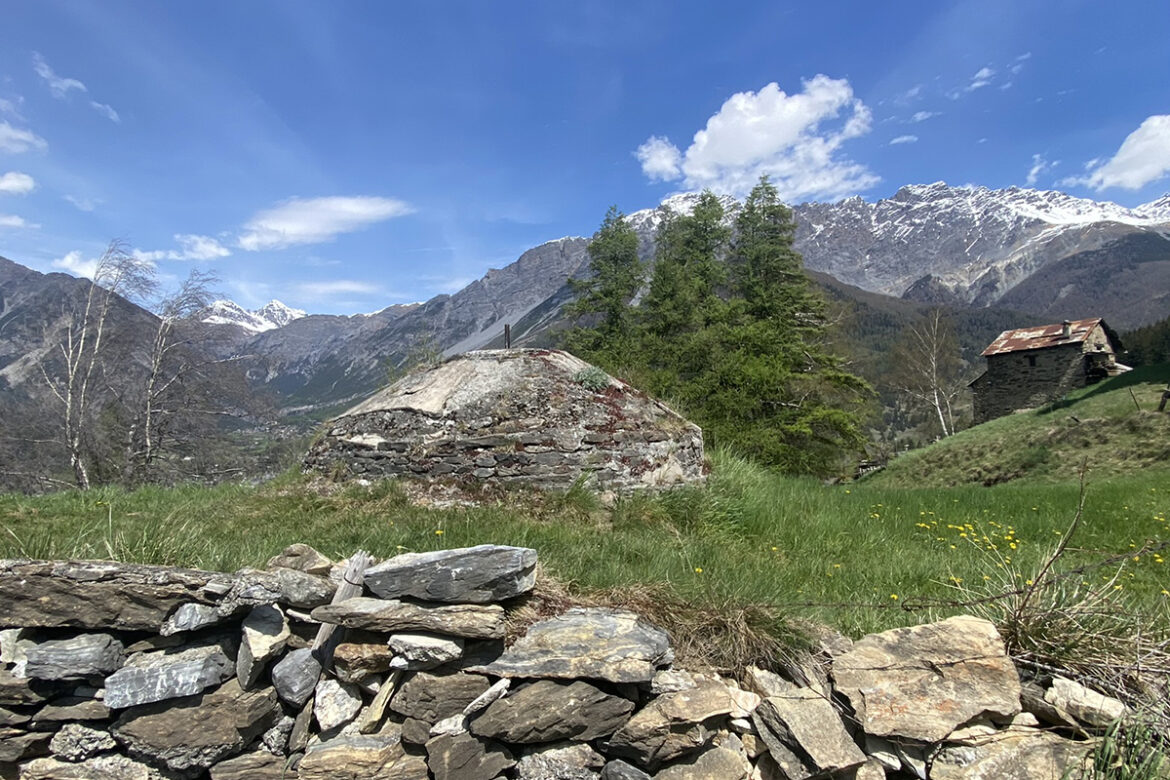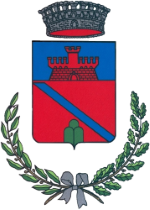
The cannon position in Piatta is mentioned in both private diaries and the military diaries of the Royal Army during the Great War. Specifically, an excerpt from a document dated March 22, 1916, states: “Following an order from the Division Command, two field guns, K. 906, are placed in anti-aircraft positions at Piatta and Le Motte.” For Piatta, the most suitable location was identified on a hill at the beginning of the village, above the cemetery, where the gun positions can still be discerned today. There is no confirmation of a defensive system linked to the Forte alle Motte di Oga, where another anti-aircraft position existed.
The K 906 artillery pieces were Krupp-manufactured cannons used by the Royal Army in both World Wars. These 75mm rapid-fire guns had a recoil mechanism that allowed them to return to their original aiming position after firing, known as the “75/27 cannon,” indicating the type of aiming device (a 75/27 panoramic telescope or a 75/27 sight). The base structures for these artillery pieces were designed to allow the gun to rotate 360°, enabling quick and effective firing to prevent enemy aviators from crossing the border for reconnaissance and identifying our defensive positions.
The cannons were transported by horses, either by hitching the entire piece to a limber or by disassembling the gun into two loads: one containing the barrel and shield (760 kg) and the other containing the carriage and cradle (500 kg). The structures on which the artillery was mounted were made of stone and cement, with a smooth, well-finished cement coating. A central iron post, protruding about 30 cm, served as a pivot for a thick wooden board that supported the artillery piece, which was securely anchored to it and rested on the ground with its trail.






